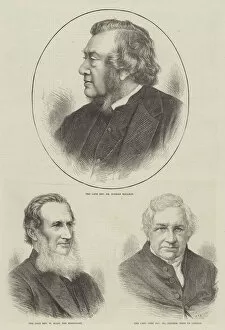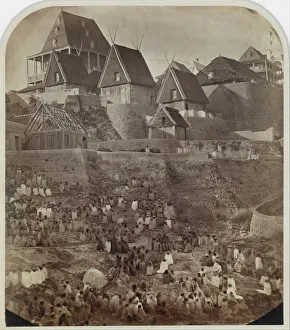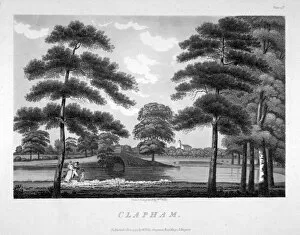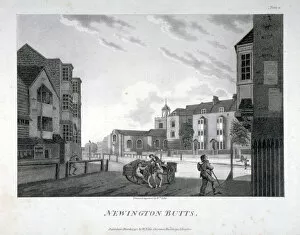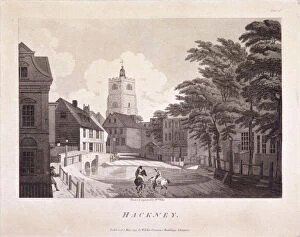William Ellis Collection
William Ellis was a versatile artist and engraver who left his mark on various aspects of British life in the late 18th and mid-19th centuries
All Professionally Made to Order for Quick Shipping
William Ellis was a versatile artist and engraver who left his mark on various aspects of British life in the late 18th and mid-19th centuries. His trade card, adorned with his name and profession, showcased his skills as an engraver, capturing the attention of potential clients. One of Ellis's notable works is an engraving titled "Churchmen, " which depicted individuals engaged in religious activities. This piece highlighted his ability to capture the essence of spirituality through intricate details. In another work entitled "Haymaking Mathews Field, " Handsworth, Birmingham, dated 01/07/1859, Ellis showcased his talent for landscape artistry. The scene portrayed a picturesque countryside setting during haymaking season, evoking feelings of tranquility and rural charm. Ellis's artistic endeavors were not limited to England alone; he also ventured into foreign lands through his engravings. One such example is the captivating "View of Antsahatsiroa" in Madagascar from 1862-65. Through this artwork, Ellis transported viewers to distant shores, allowing them to experience the beauty and exoticism of far-off lands. Closer to home, Ellis captured scenes from London life with great precision. His detailed views of Clapham in 1792 provided a glimpse into urban living during that era. Similarly, his depiction of Newington Butts in Southwark revealed bustling streets filled with people going about their daily routines. Religion played a significant role in Ellis's work as seen by his portrayal of St Giles Church in Camberwell and St Mary Church in Islington both dating back to 1792. These engravings immortalized these places of worship for generations to come. Ellis also had an eye for architectural beauty as demonstrated by his rendering of Dulwich College in Camberwell from 1792. This masterpiece preserved the grandeur and elegance associated with educational institutions at that time.

